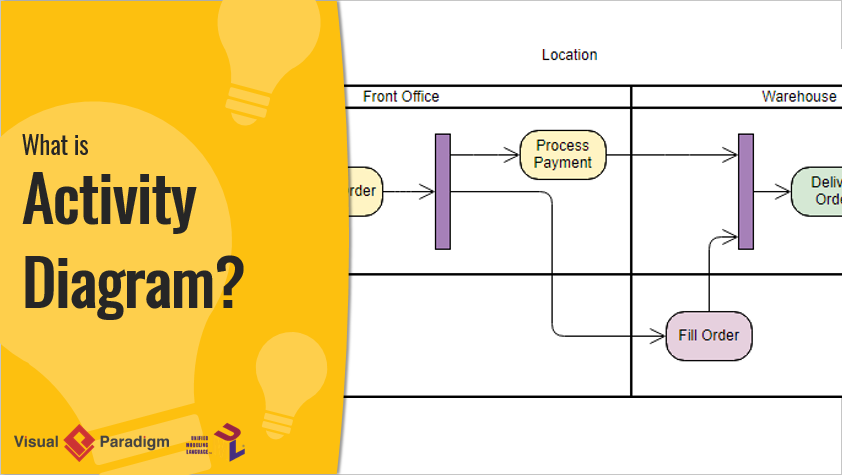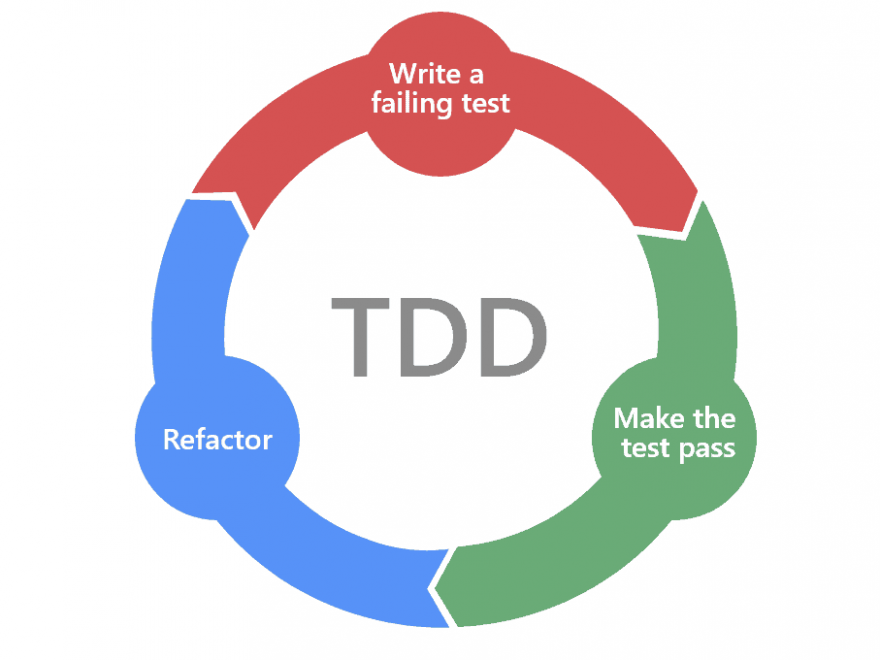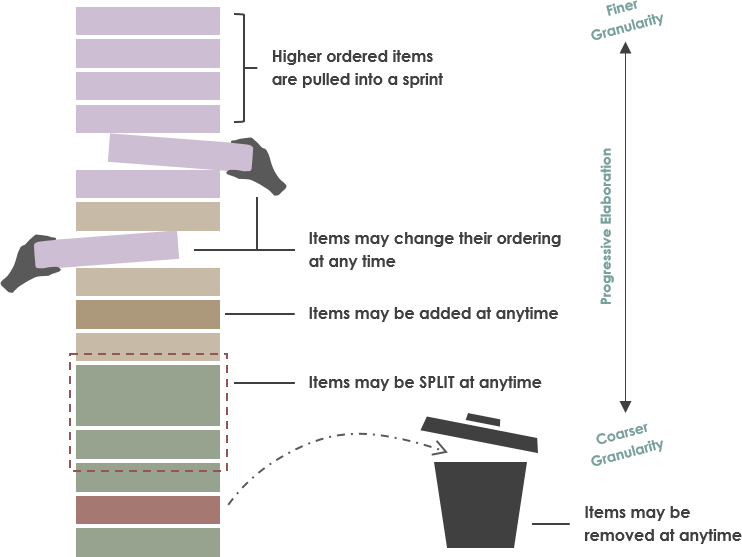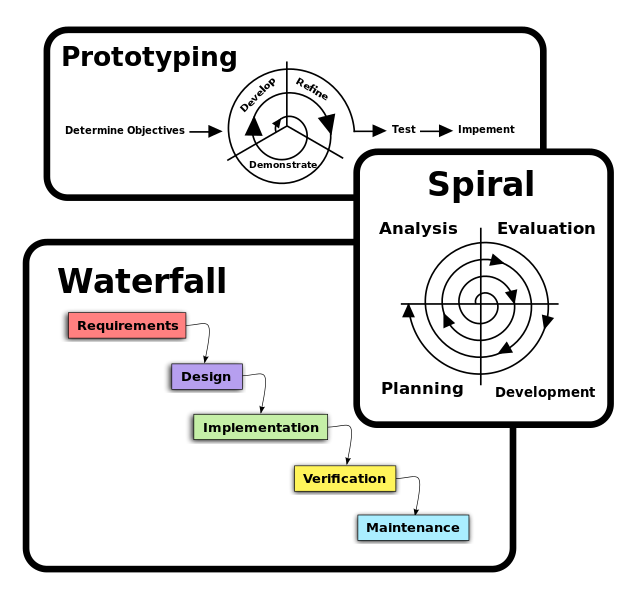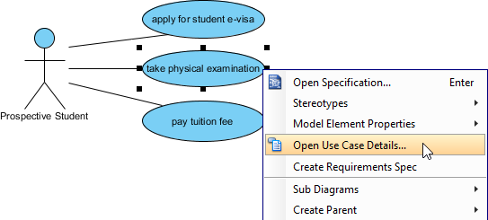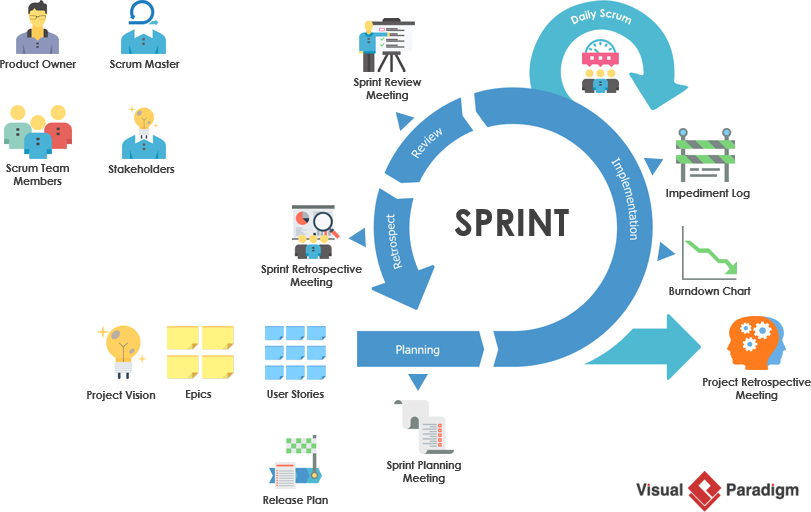Use case modeling is a technique for capturing, modeling, and specifying system requirements that correspond to a set of behaviors that the system may perform when interacting with actors. These behaviors produce observable results and help achieve their goals. Use cases are named for the specific user goals of the principal actors, which in turn describe or explain the general order of activities and events, as well as variations in special conditions, exceptions, or error conditions, through textual description.
Continue reading
